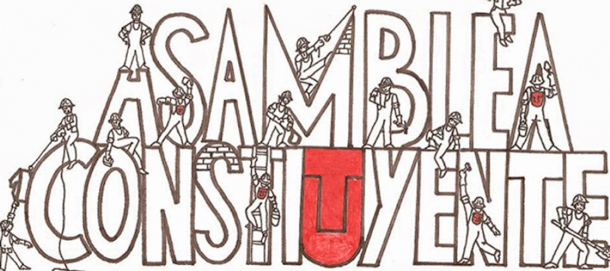Recent studies raise concerns about dangerous mercury levels in the city’s waterways and call for more effective waste management

Mercury levels have reached worrying proportions in Bogotá’s water supply, according to studies completed and published by researchers at the Universidad Central. Irresponsible disposal of toxic consumer products such as light bulbs and batteries associated to hazardous chemicals from the city’s industrial sector, including pesticides, have seen levels of the metal soar in the city’s waterways and soil.
In Bosa and Suba, mercury levels have now surpassed the levels permitted by the WHO, a potentially dangerous situation. If consumed in severe amounts, mercury can cause extreme damage to the body’s internal organs and immune system, in addition to posing significant risks to foetal development.
The report further recommends that tests to include all areas of the city be undertaken while calling on city officials to implement more effective waste management strategies, stating: “These products [light bulbs and batteries] represent a risk to health and the environment, because their cycle tends to increase through bio-concentration and bio-accumulation.”
Bogotá’s waterways remain so contaminated that they have affected pollution levels in the Magdalena River, entering into the river system’s basin through smaller tributaries.
Meanwhile Corporación Autónoma Regional de Cundinamarca (CAR) has been performing improvement works along the 52.2 kilometres of the Río Bogotá channel that fall under its jurisdiction, part of a project started in 2010. The works, currently 90 percent completed, have included a widening of the river channel from 30 to 60 metres and the construction of raised banks, and are set to be finished in October.
However the USD$487 million project, partially funded to the tune of USD$250 million by a World Bank loan, has not yet obtained the results that CAR had expected. According to a recent study undertaken by the corporation, water quality and pollution levels have not improved.
Néstor Franco, the director of CAR, claims that the construction of two new water treatment plants, scheduled for the second quarter of 2016, is the crucial next step in reducing the level of pollutants. “Once those [treatment plants] in Salitre and Canoas begin operating, the water quality will gradually improve.”
Bogotá’s aqueduct and sewerage company, EAAB, which is responsible for the maintenance of the city’s numerous drainage channels and rivers, is conducting the annual maintenance program which has resulted in cuts in water supply in various suburbs of the city. These cuts are set to continue in the coming weeks.





